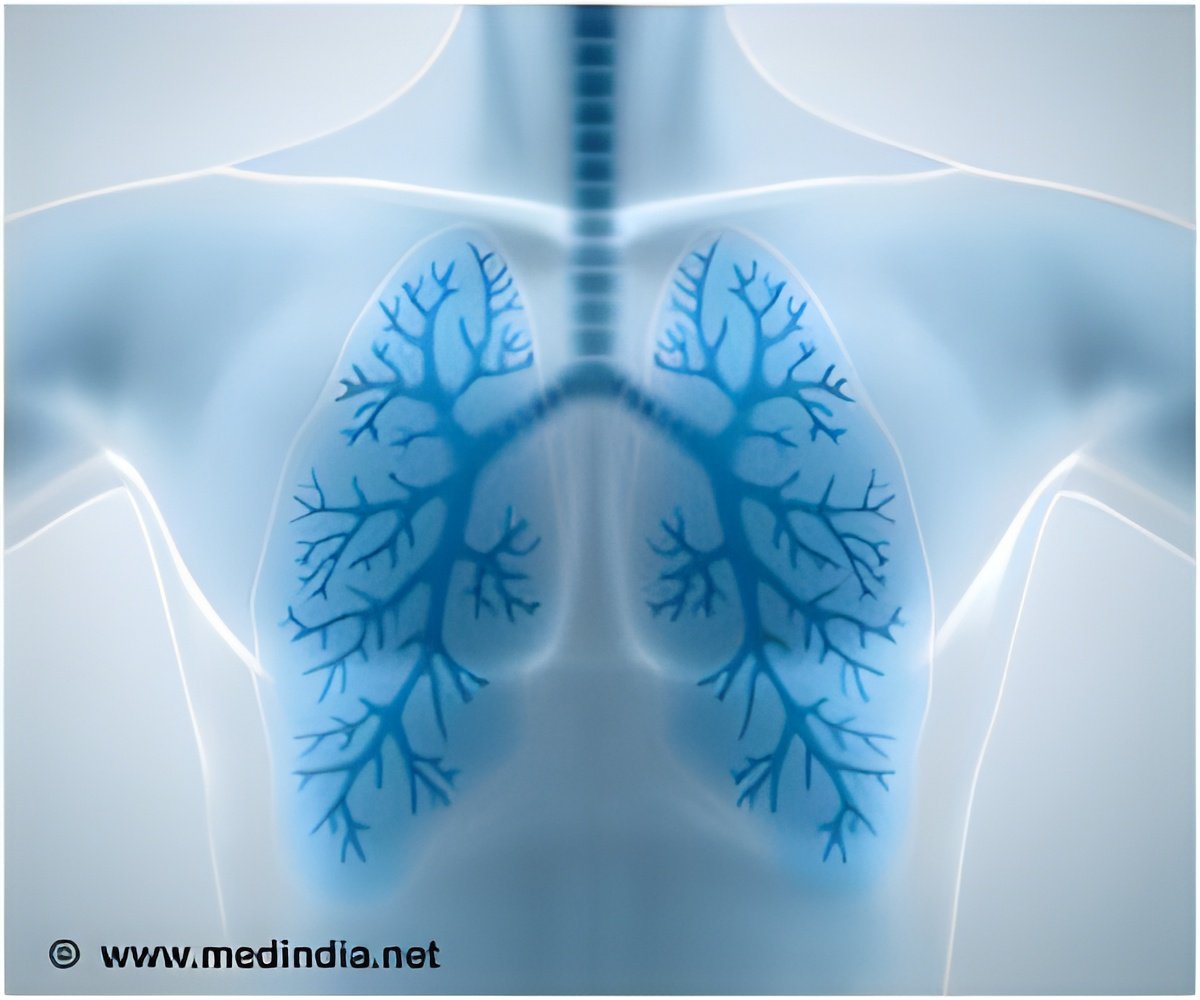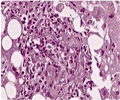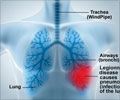Pneumonia can be caused by a wide variety of bacteria, viruses, and fungi in the air we breathe. The infection causes inflammation in the air sacs of the lungs.

Pneumonia: Must Known Facts
Both viral and bacterial pneumonia is contagious.‘India accounts for 23 percent of the global pneumonia burden with fatality rates ranging between 14 and 30 percent.’





Community-acquired pneumonia (CAP) is the most common type of pneumonia. CAP is one of the leading causes of morbidity and mortality in India and worldwide and one of the most serious respiratory illnesses among various infections causing sepsis. Typical bacterial pathogens that cause CAP include Streptococcus pneumonia, Haemophilus influenza, and Moraxella catarrhalis.
An important factor in the management of pneumonia is the early diagnosis of the causative pathogen based on which appropriate anti-bacterial, anti-viral, or anti-fungal treatment can be started soon.
Appropriate medical history and physical examination are important parts of making a pneumonia diagnosis.
Most pneumonia cases are diagnosed with a chest X-ray, blood culture test, and a CT scan of the chest in some cases. Bronchoscopy is advised in a few cases if the initial symptoms are severe or not responding well to antibiotics.
Advertisement
Molecular tests like RT-PCR identify a specific pathogen and help to distinguish between bacterial and viral infection and some newer molecular tests also provide information about antibiotic susceptibility. The new age RT-PCR-based molecular diagnostic kits look for the presence of 15-30 different pneumonia-causing pathogens at the same time and provide answers within 2-3 hours unlike the traditional culture methods which take 3-5 days
Advertisement
Source-IANS















